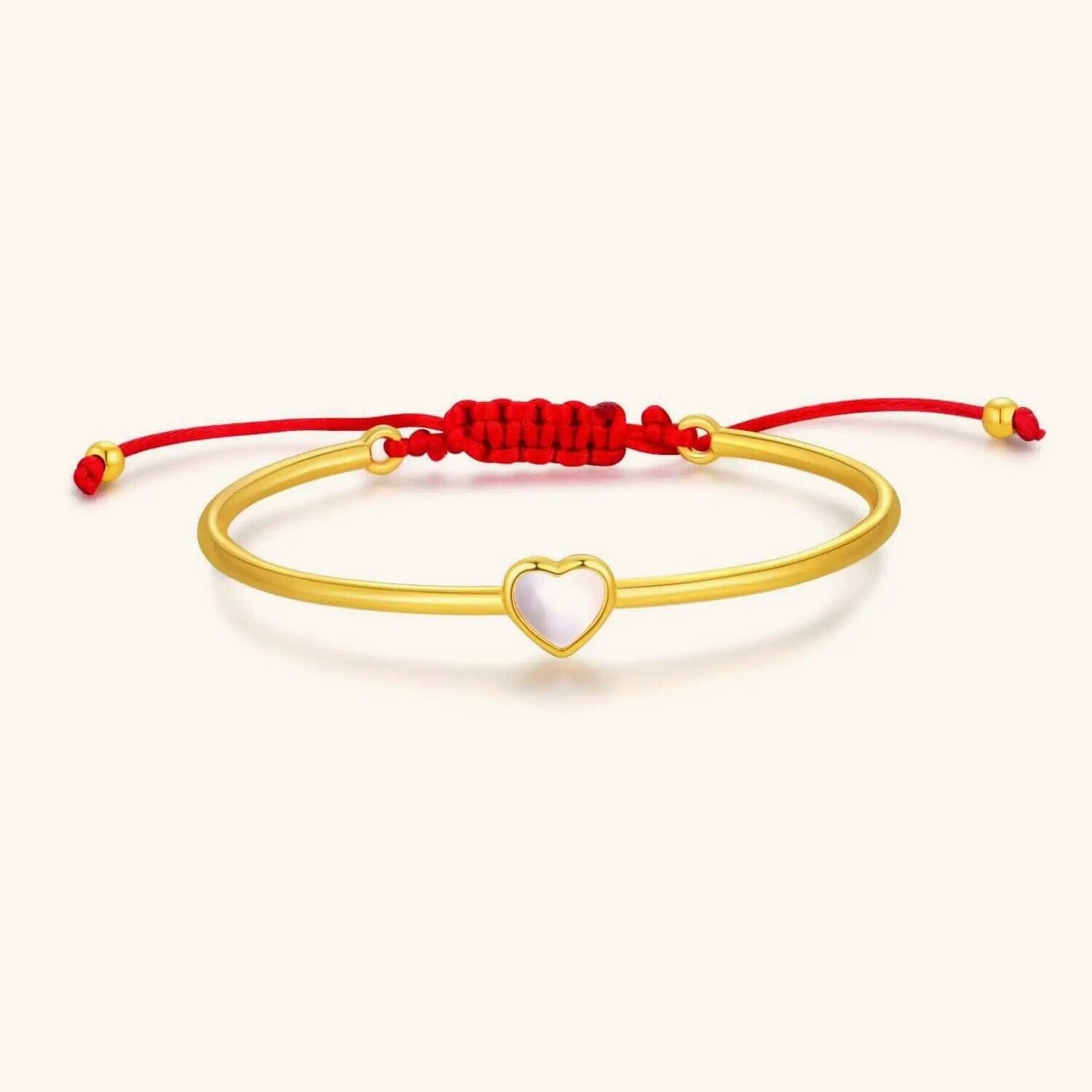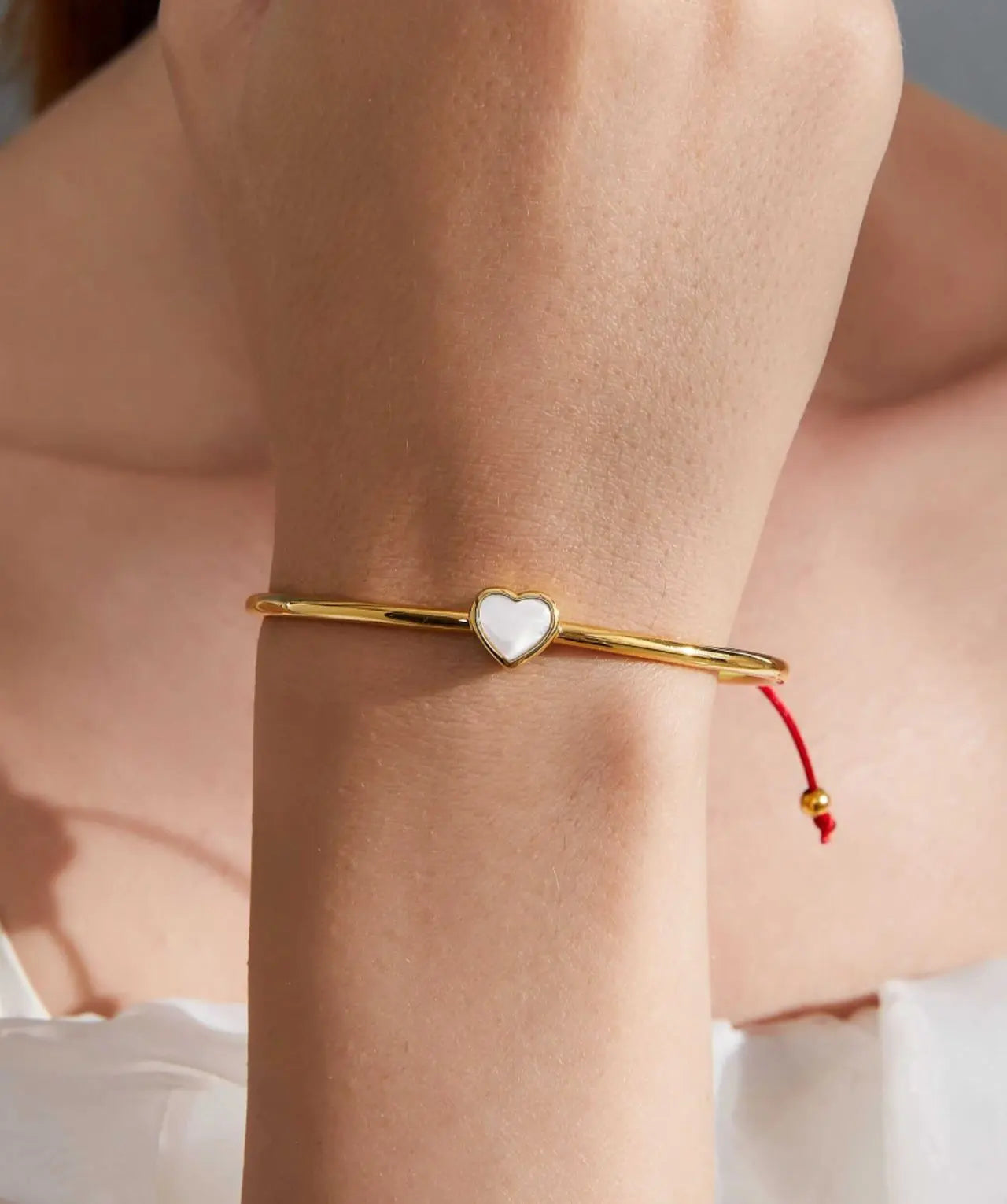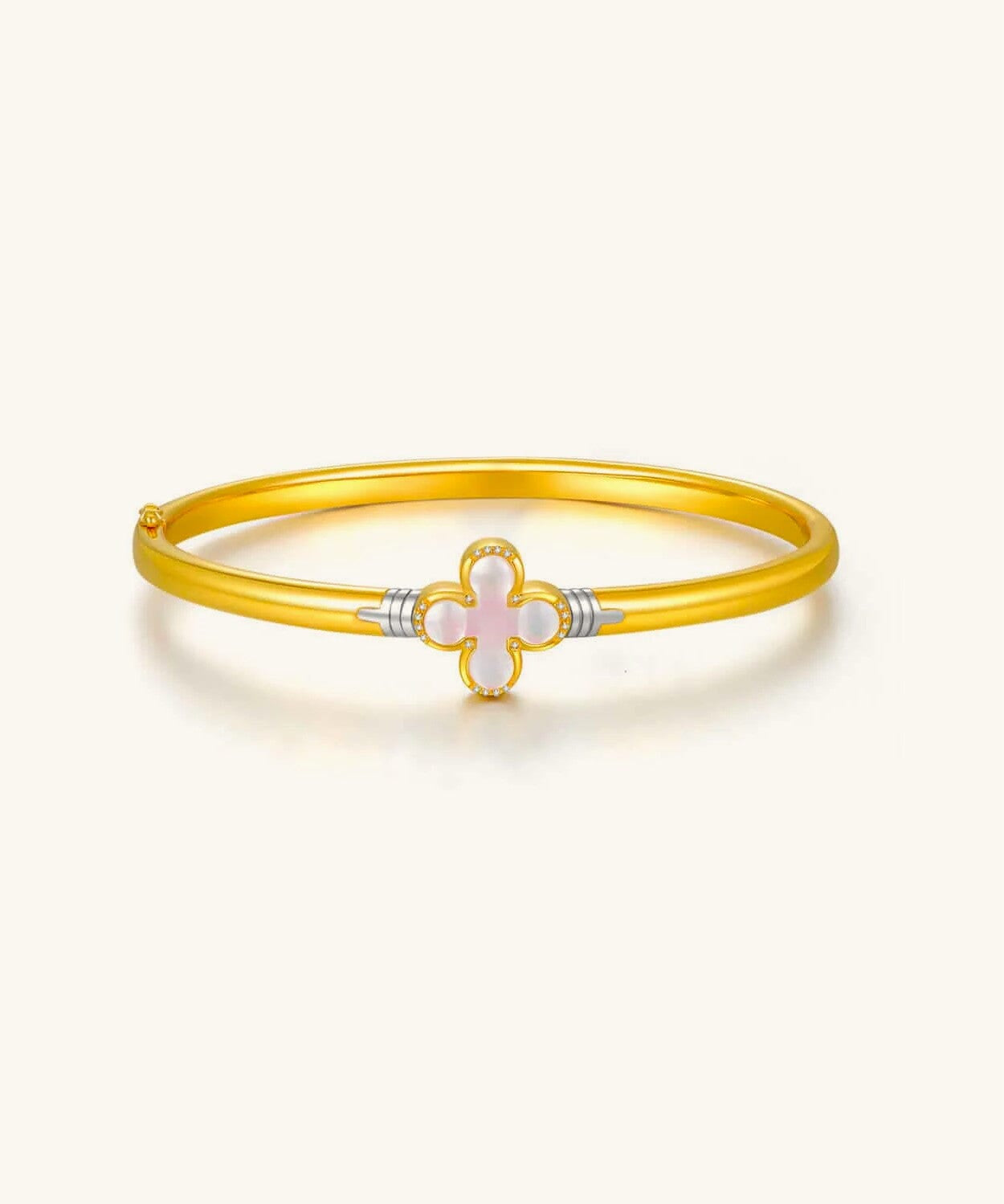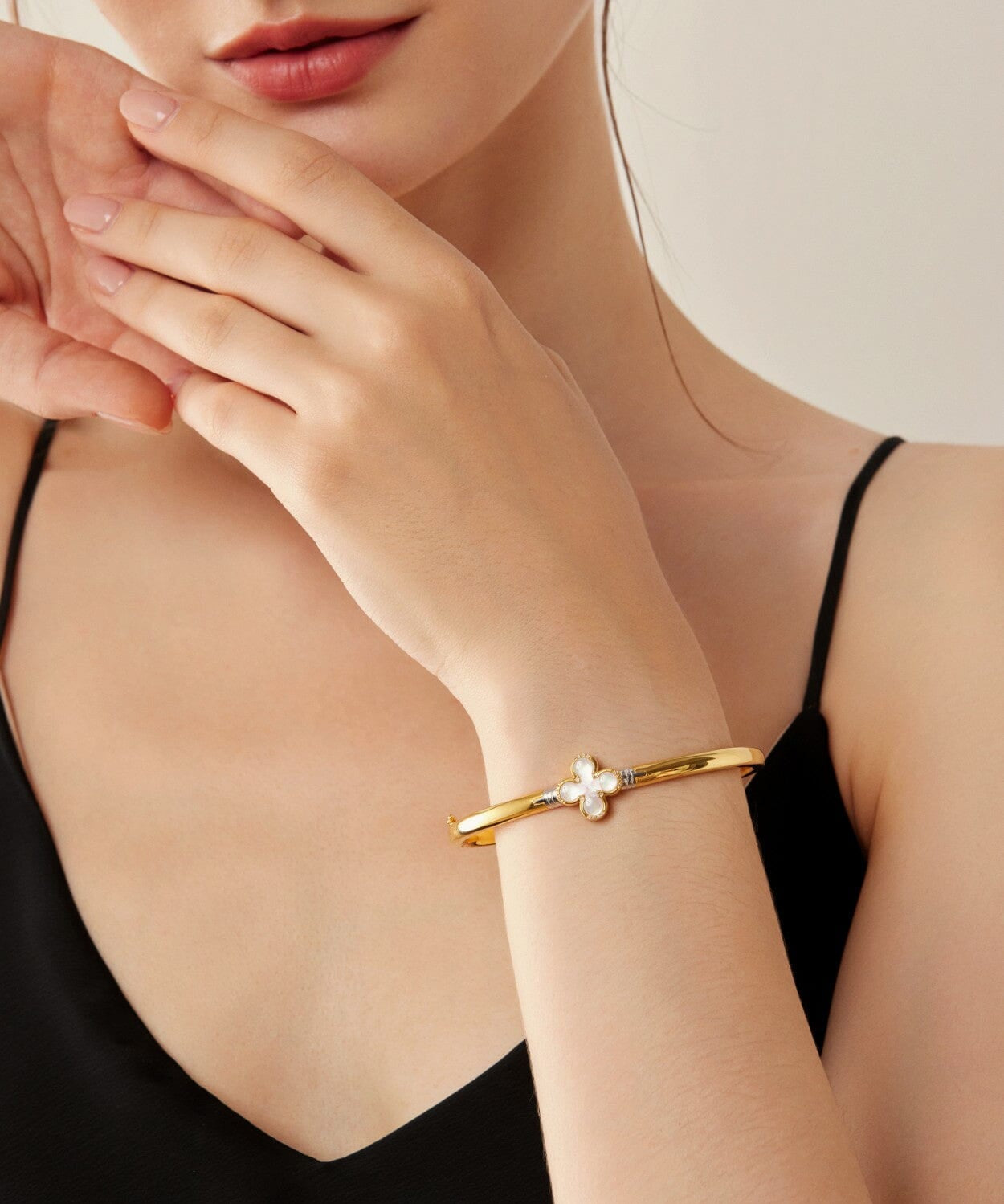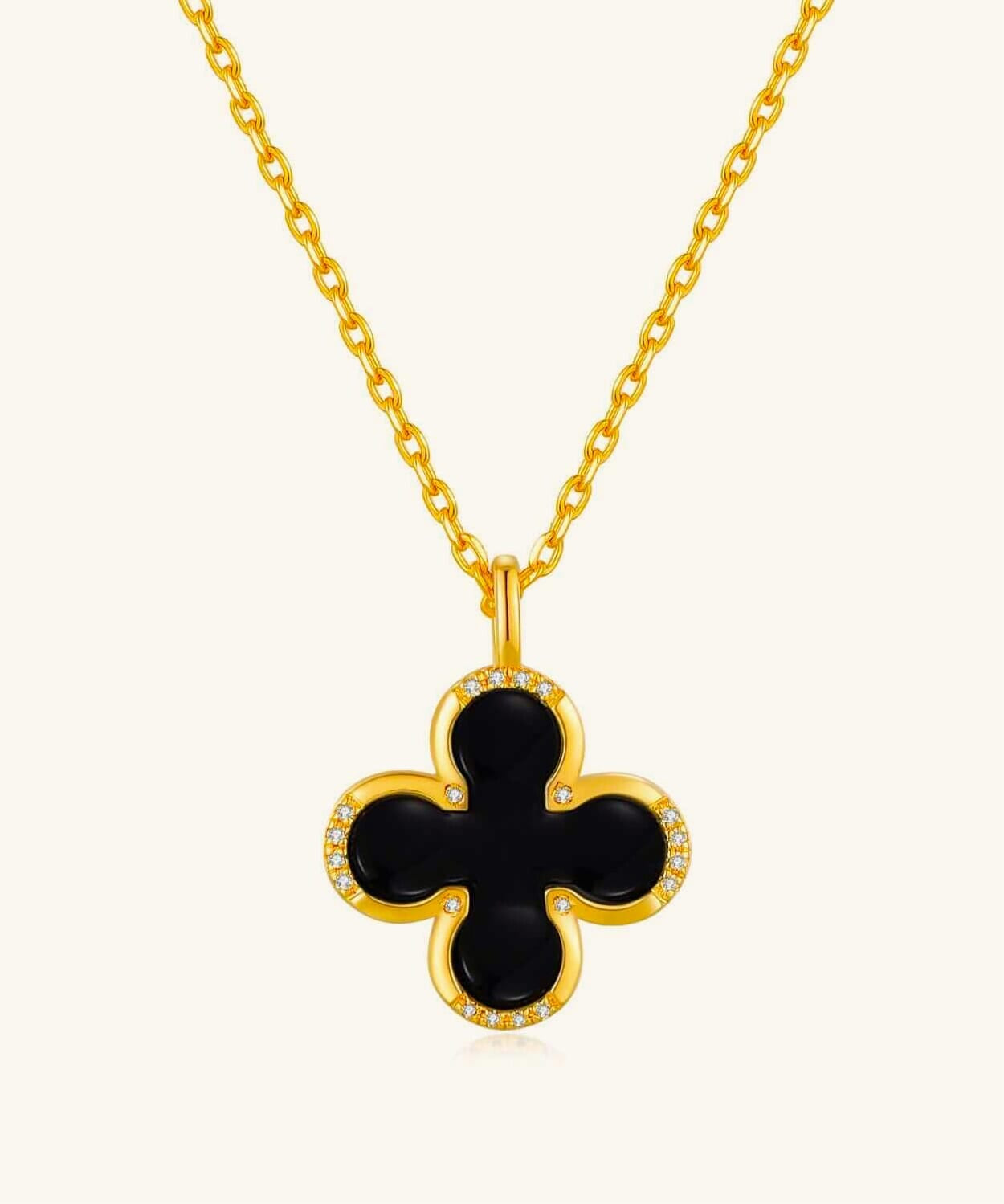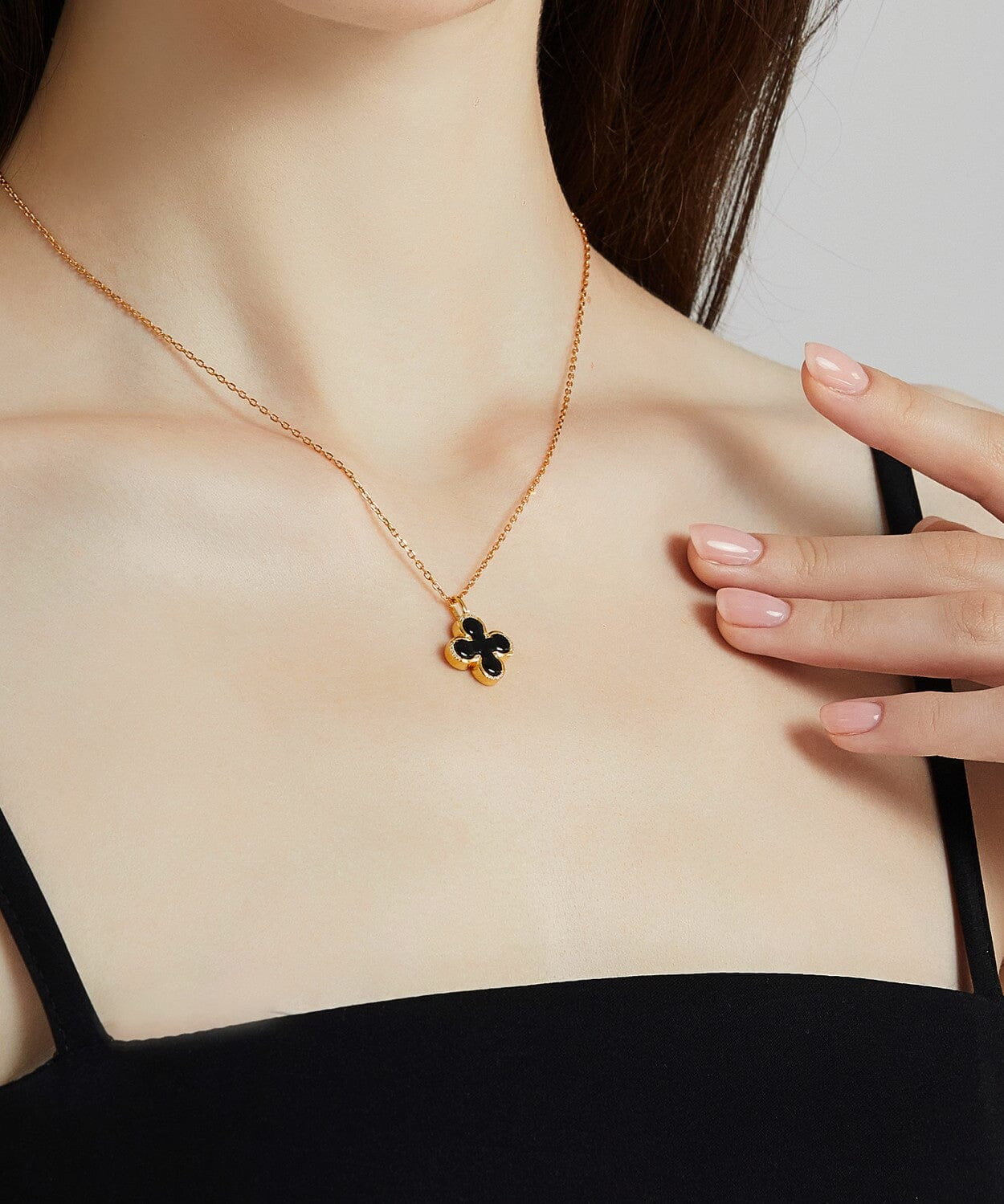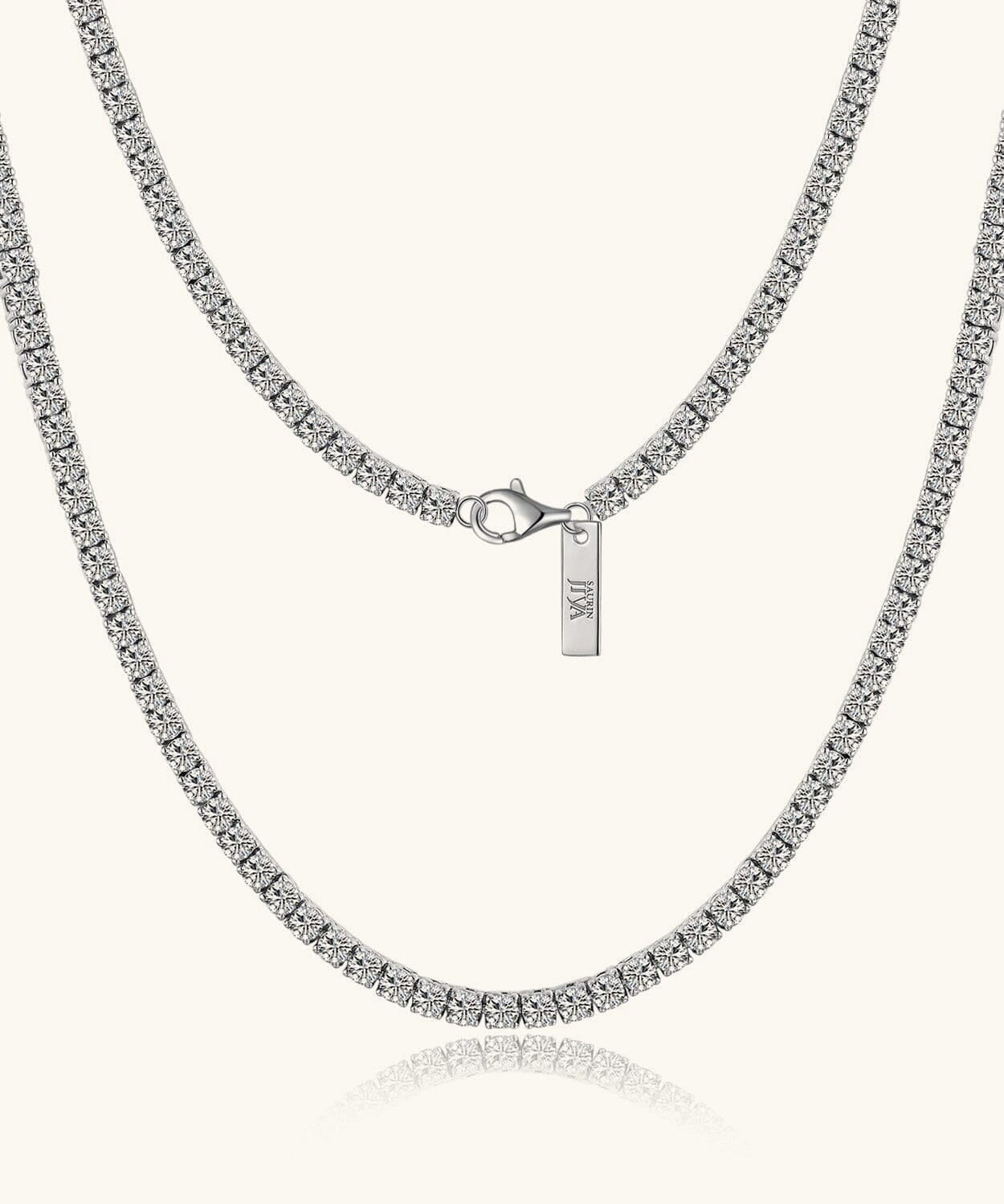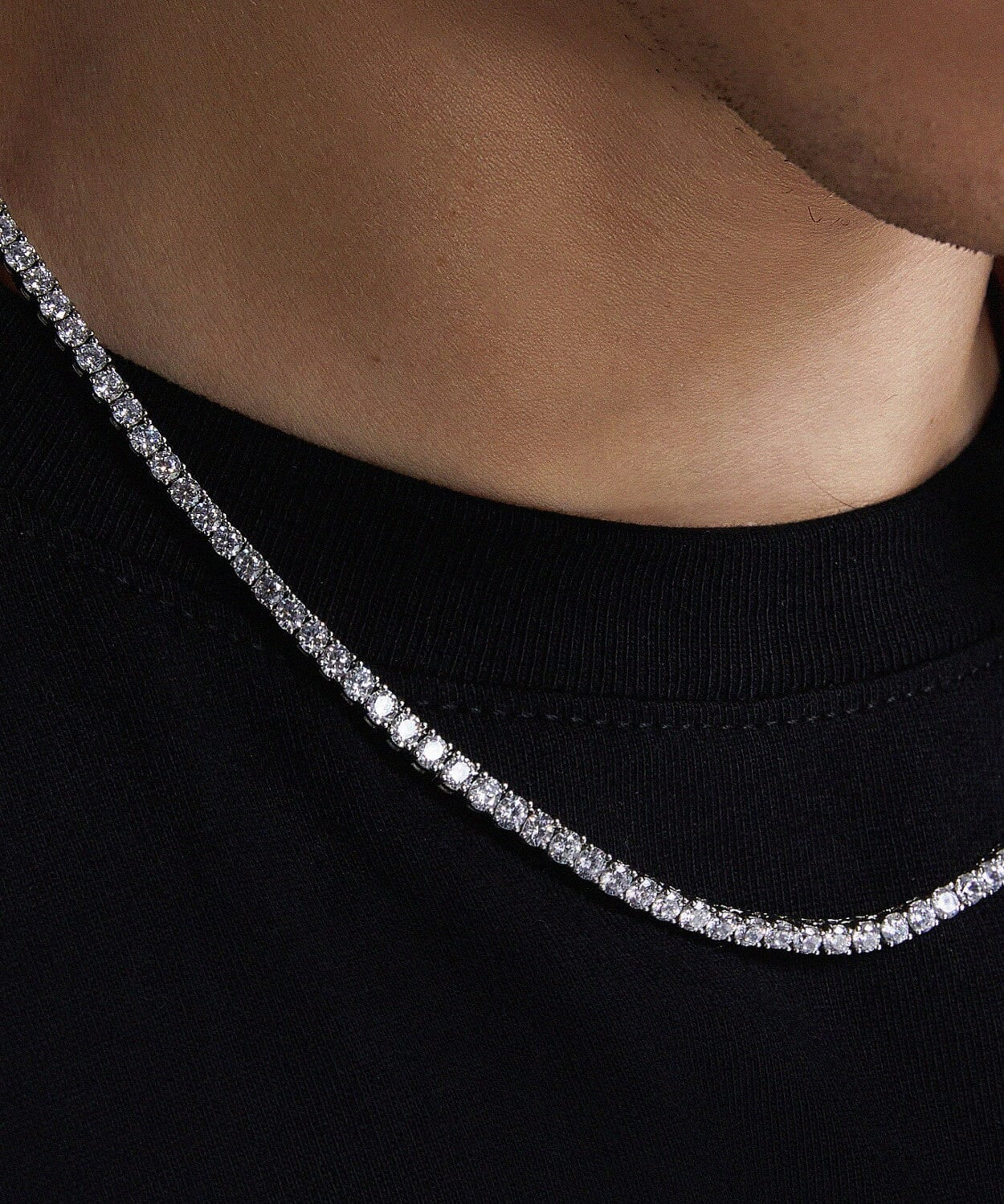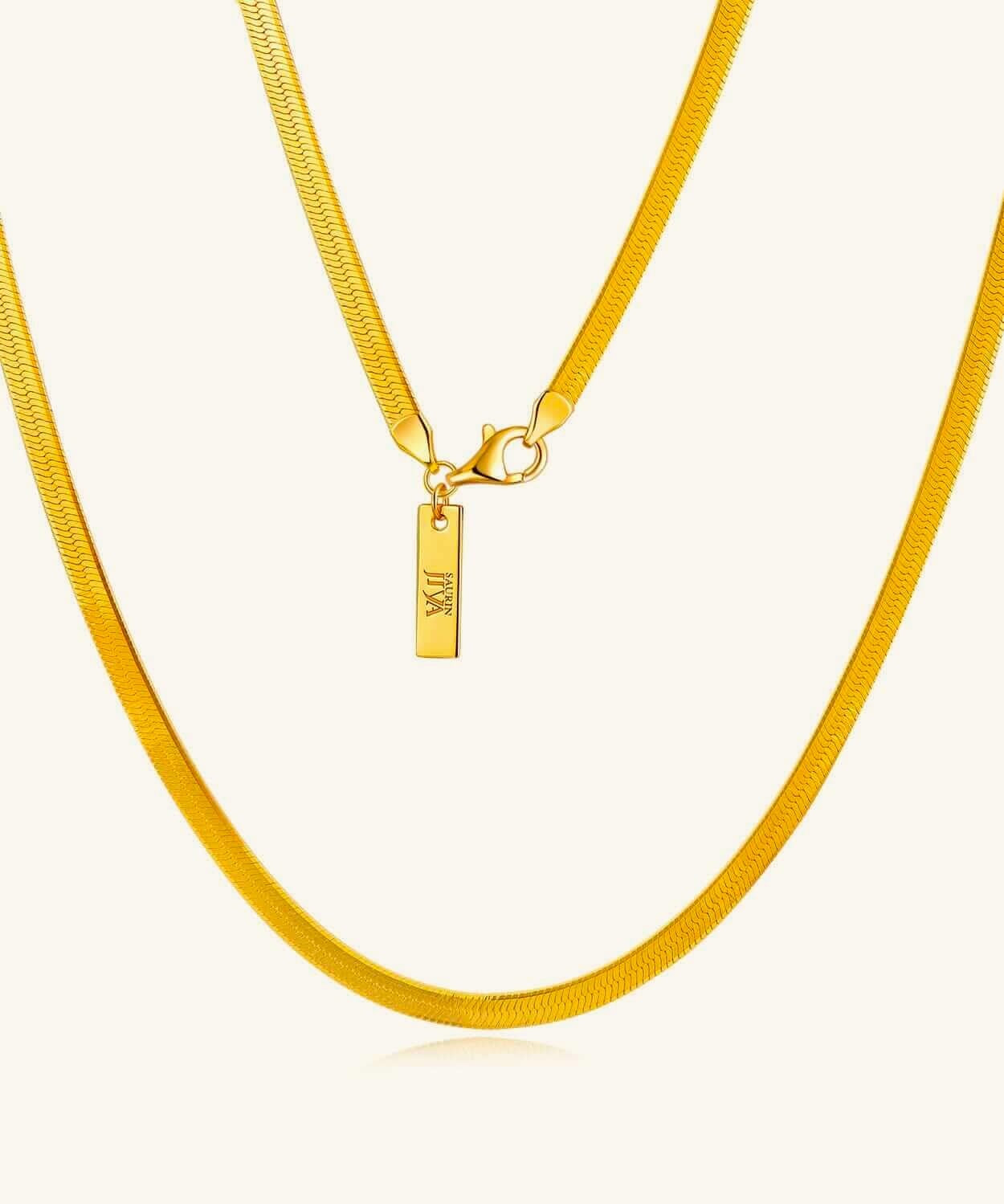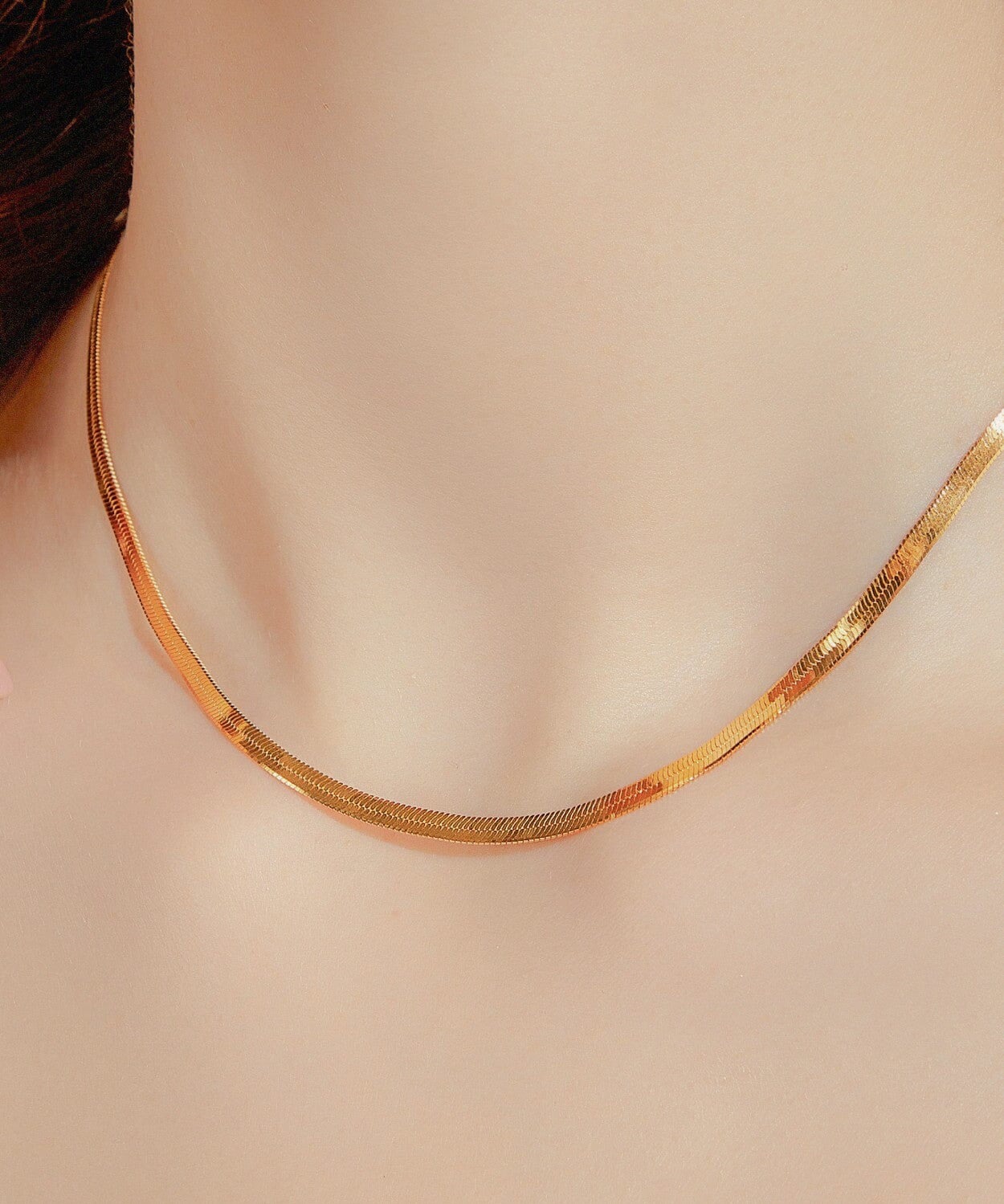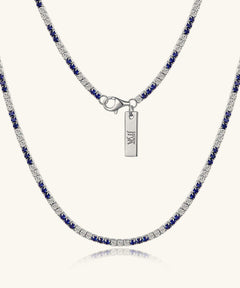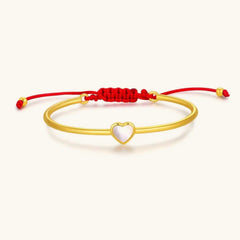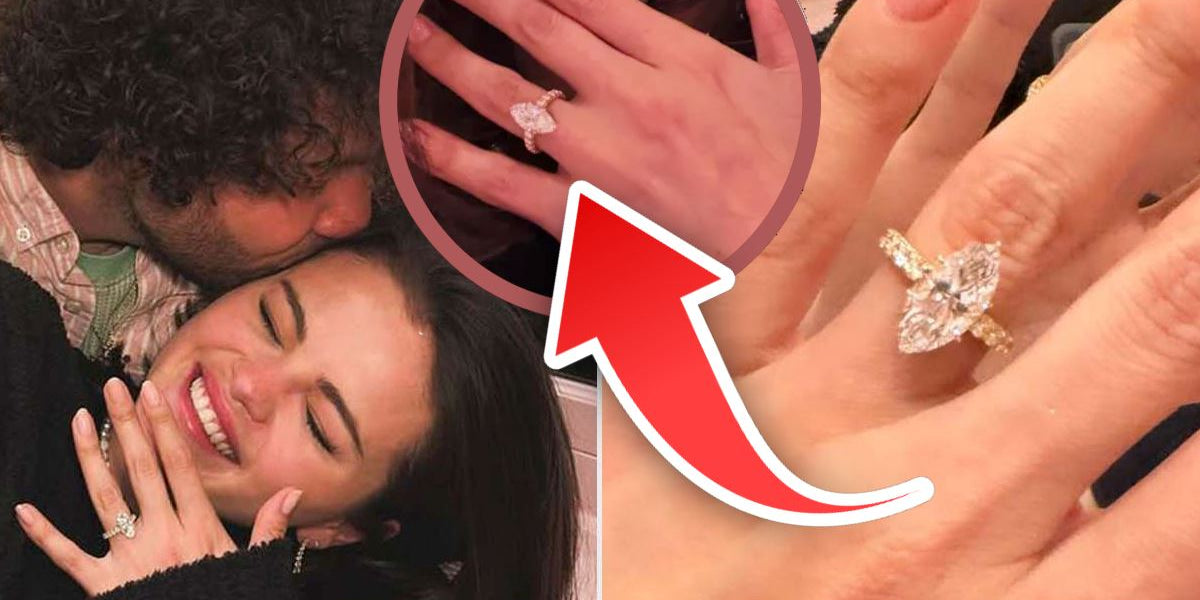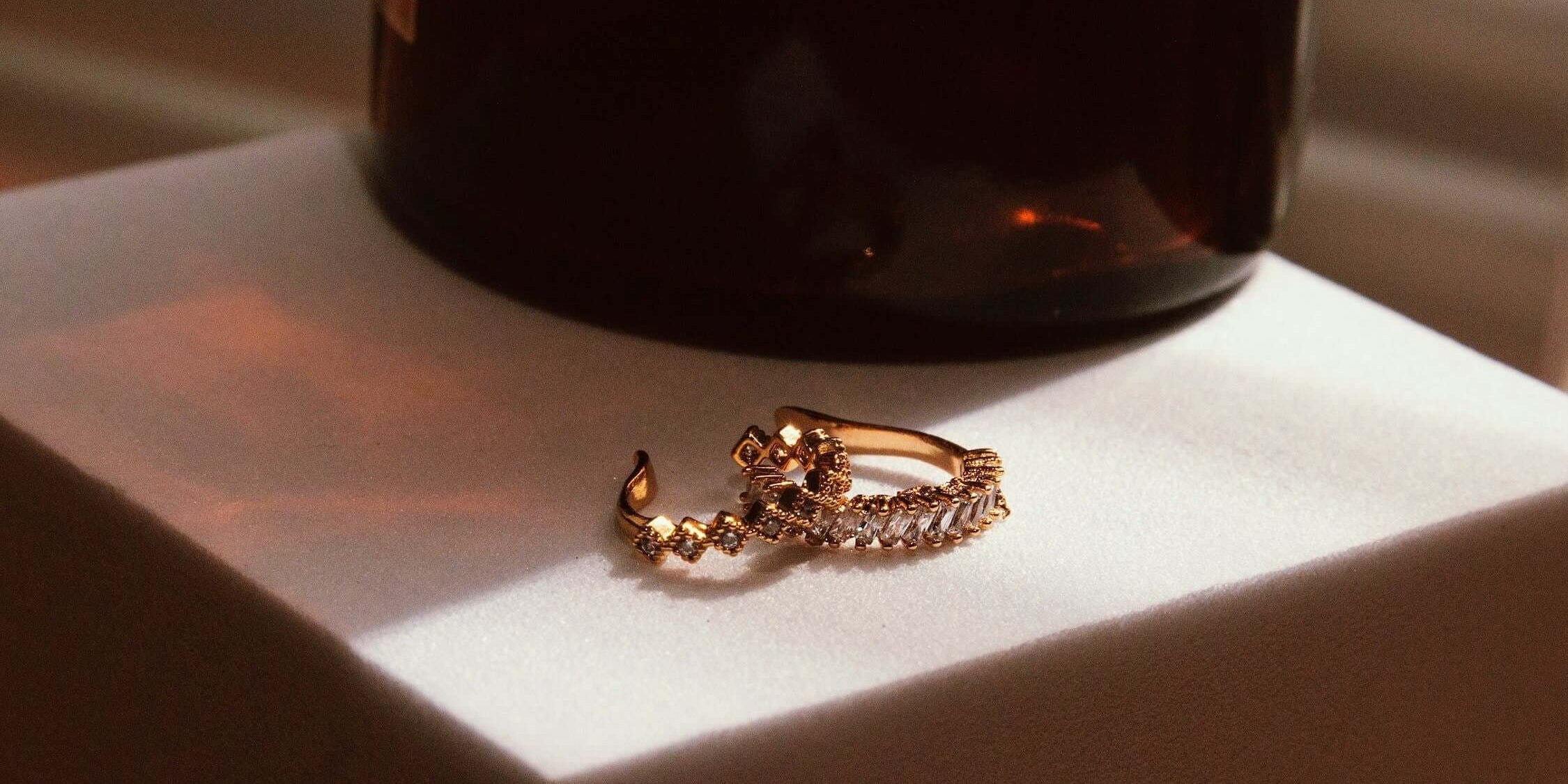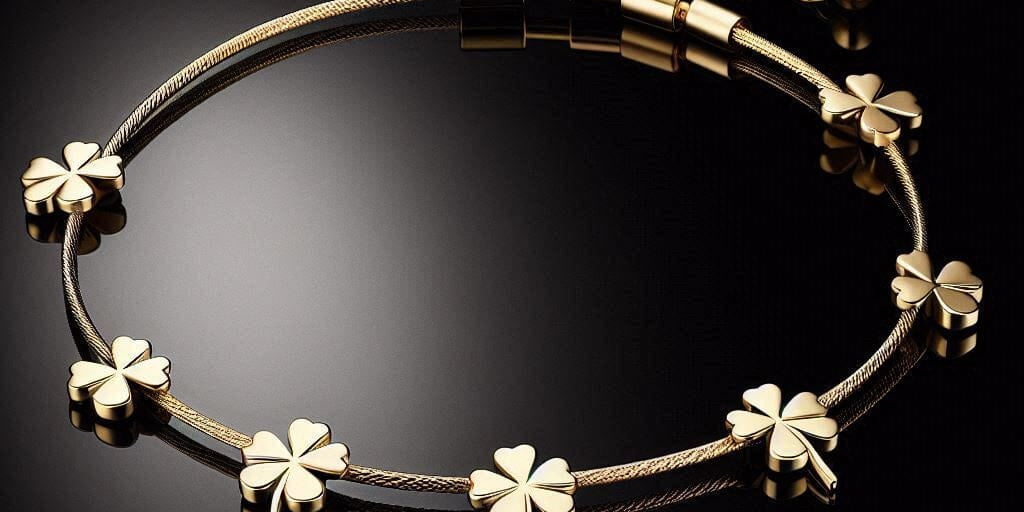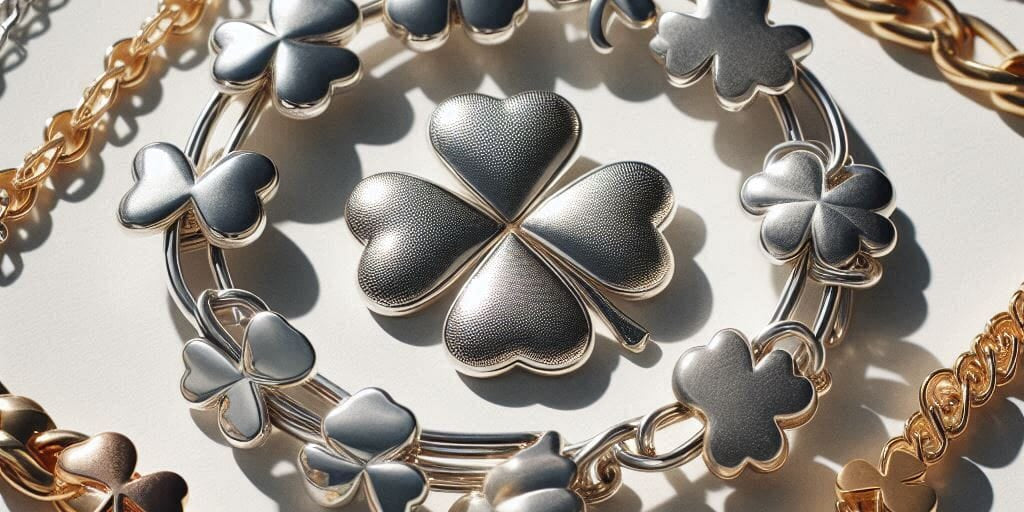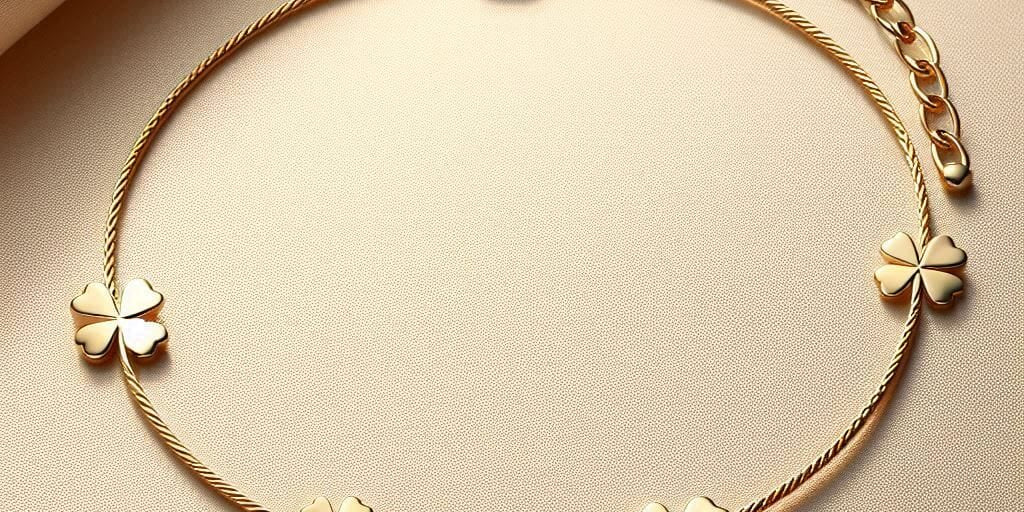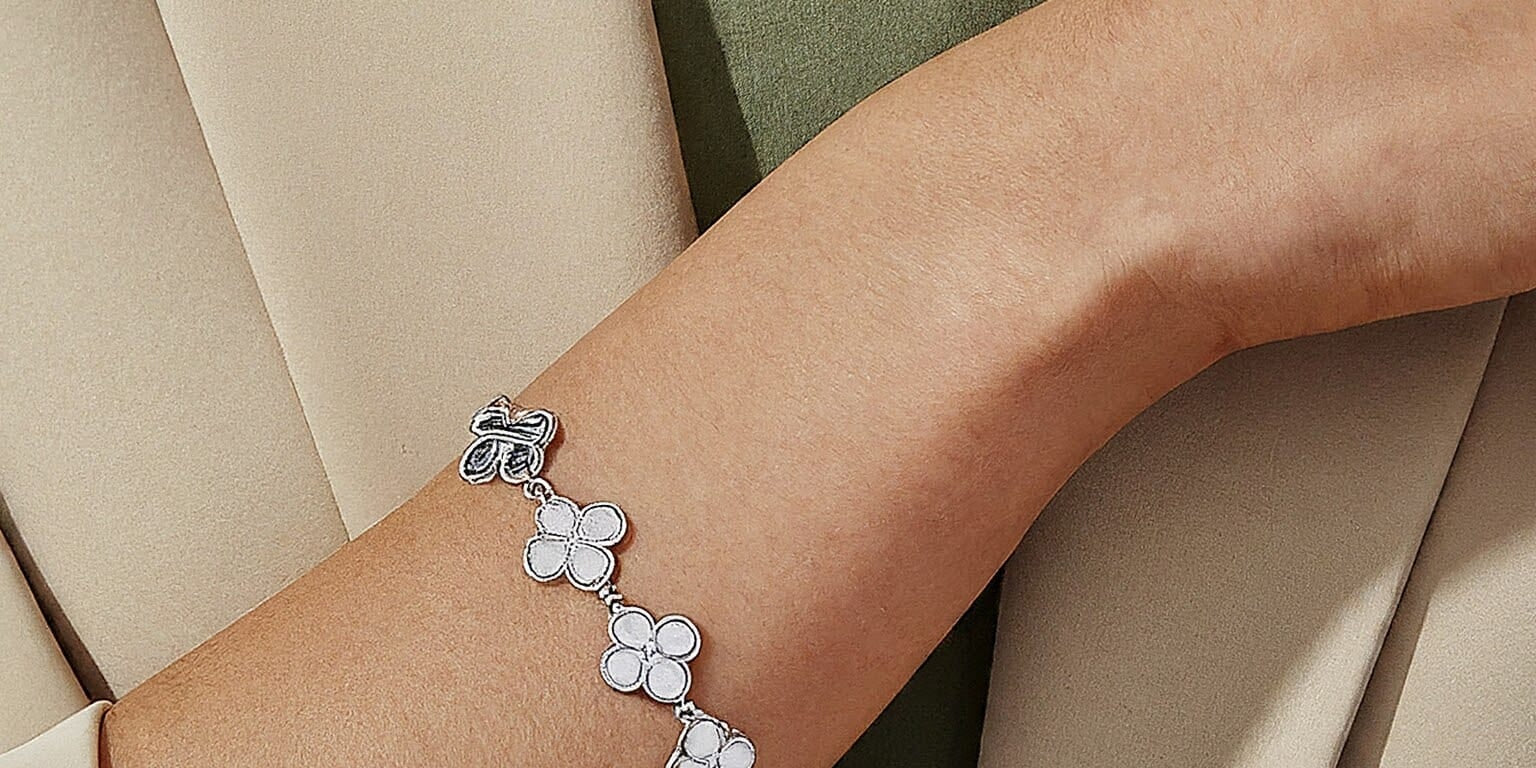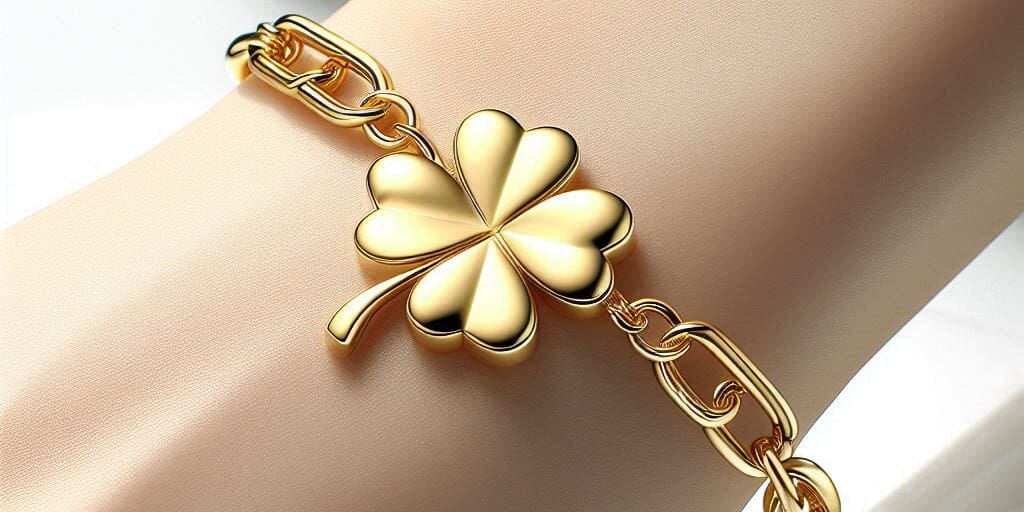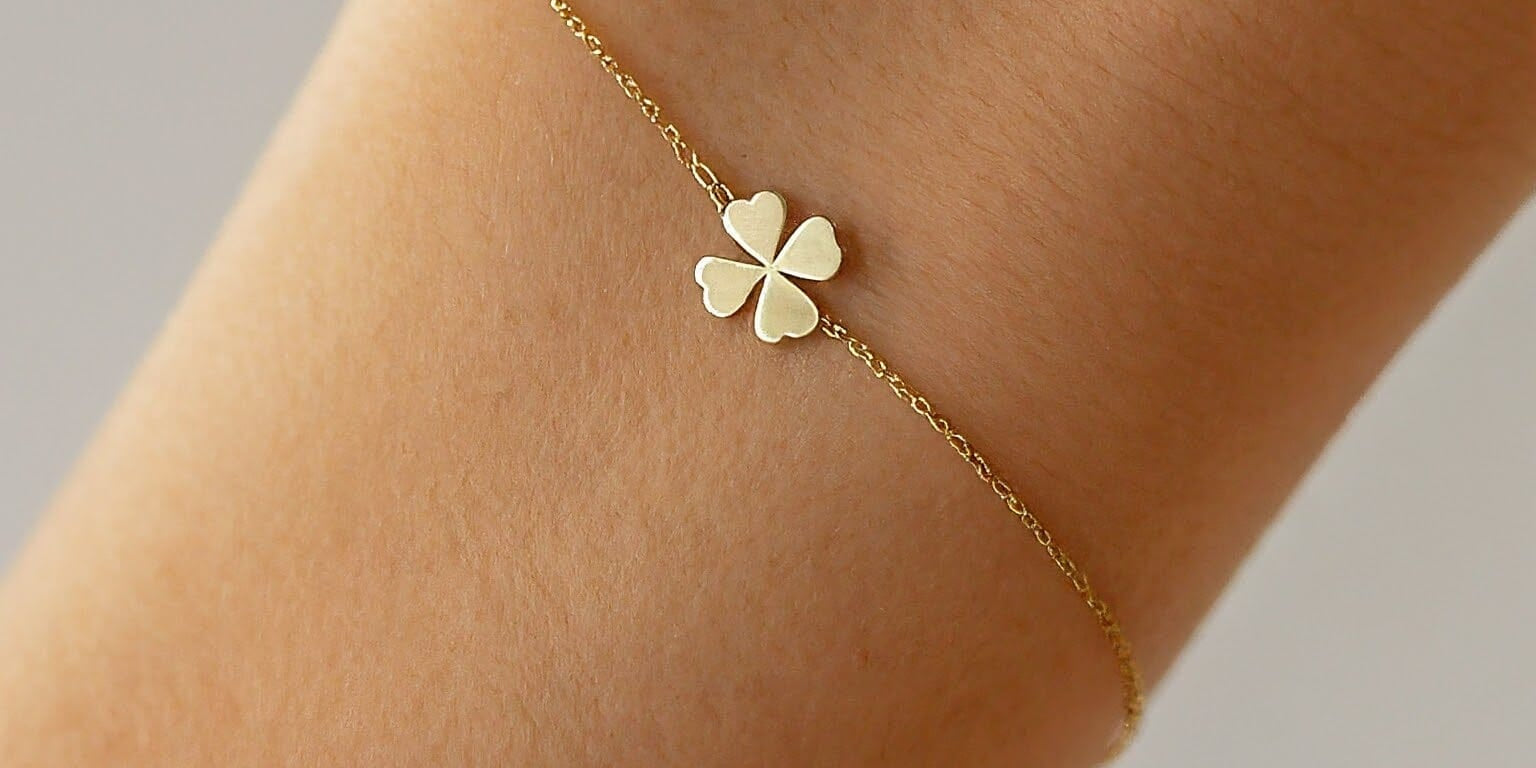Gold plated chains do indeed tarnish over time.
There's an elegant aura to a shimmering gold plated chain, its luster catching the eye with every subtle movement. However, beneath the golden facade lies a base metal—often brass or copper—that's susceptible to the natural process of oxidation. Over time, this interaction with elements such as oxygen and sulfur can lead to a change in color, dimming that once vibrant shimmer to a less lustrous finish.
Understanding Gold Plating
Gold plating involves the application of a thin layer of gold over a base metal, typically achieved through an electroplating process. This method allows for a jewelry piece to possess the aesthetic qualities of gold without the substantial financial investment required for solid gold. However, the thickness of the plating varies greatly, which can influence the longevity and wear resistance of the jewelry.
In essence, gold plating can be likened to a fine veneer of preciousness. It grants an object the illustrious sheen of gold at a fraction of the cost. Nevertheless, this delicate layer is mere microns thick, making it vulnerable to wear and environmental factors. Over time, through usage and exposure, the gold plating may begin to erode, revealing the less noble metal beneath and altering the jewelry's appearance and coloration.
Gold Plating Process
The gold plating process commences with thorough cleaning of the base metal to ensure a flawless adhesion of gold. Only when the surface is impeccably prepared, can the electrochemical deposition commence, where the object is submerged in a gold-containing solution.
Once submerged, an electrical current is applied, compelling gold ions to migrate and firmly adhere to the article's surface, thus creating a "gold skin". This process, when scrupulously conducted, results in a uniform and radiant layer of gold that embellishes the piece.
Even a whisper-thin layer of gold can illuminate with the splendor of a thicker coat.
Durability and appearance: To prolong the life of the gold plate and to preserve its gleam, a final protective layer may be added over the gold. This enhances the jewelry's resistance to wear and its capacity to withstand the effects of exposure. Handling this final step with care ensures sustained allure.
Thickness Variation
In the realm of gold plating, thickness is a pivotal parameter that directly influences both durability and aesthetics. The thicker the layer, the longer the piece will retain its golden sheen, resisting the inevitable tarnishing that time bestows, thereby extending a piece's lifetime.
Thinly plated surfaces may suffice for infrequent adornment.
However, daily wear demands thicker plating for enduring elegance. Standard measurements (typically ranging between 0.5 to 5 microns) define the robustness.
Greater thickness assures better defense against the rigors of daily activities, resisting the abrasive forces that seek to diminish the golden layer, hence preserving the jewelry's radiance for a prolonged period.
Those seeking longevity in their gold-plated chains should opt for increased thickness. This is paramount if the piece will frequently encounter skin oils, perspiration, and exposure to various elements that can expedite the onset of tarnish.
Invariably, a judicious investment in a thicker gold layer will assure greater satisfaction over time. Choosing meticulously crafted plating translates into longer lasting, visually stunning jewelry pieces.
Tarnishing Explained
In the realm of jewelry, tarnishing refers to the gradual loss of luster and discoloration that occurs as metals react chemically with elements in the environment. For gold-plated chains, this process is inevitable as the thin layer of gold eventually wears away, exposing the base metal beneath to the air and various substances it may come into contact with. This exposure can lead to the development of a patina, or a film on the surface of the metal, which may appear as a dulling of shine or alteration in color. While this can bestow an aged charm to some pieces, most prefer to maintain the original golden vibrancy for as long as possible, making the resistance to tarnishing a coveted characteristic.
Causes of Tarnishing
The primary catalyst for tarnishing in gold-plated chains is the exposure to air and humidity. Over time, these elements interact with the metals, leading to oxidation and discoloration.
Chemicals found in everyday substances such as perfumes and lotions can accelerate the tarnishing process.
Regular contact with the skin, which secretes oils and sweat, can create a conducive environment for tarnish to form on gold-plated jewelry, diminishing its lustrous appearance.
Further exacerbating the situation is the presence of chlorinated water, saltwater, and even certain fabrics that may rub against the jewelry. This abrasion, coupled with the aforementioned elements, increases the likelihood of the underlying metals reacting. In cases where a barrier layer was not applied during the plating process, this reactivity is significantly enhanced, leading to earlier and more visible signs of wear, often described as "tarnish," a scourge to the beauty and longevity of gold-plated ornaments.
Signs and Effects
The luster begins to wane, a clear warning sign.
A once shiny gold-plated chain begins showing signs of change; the gleam starts to fade, replaced by a dullness indicative of tarnishing. This is often accompanied by a discoloration, progressing from a vibrant gold to a lackluster brownish or black tone. Such transformations are a normal consequence of prolonged exposure to air, humidity, and contact with skin.
Initial spots may appear on less visible areas.
These blemishes manifest subtly at first, typically in crevices or on the underside of the chain, areas that come into frequent contact with skin or clothing. As the plating wears thin, more of the base metal is exposed, hastening the tarnishing process.
And indeed, aesthetics are compromised.
The chain loses much of its original grandeur as tarnish spreads—serving as a disheartening reminder that even gold-plated splendor is subject to the relentless march of time and exposure to the elements.
Understanding the chemistry can mitigate tarnishing speed.
Through proper care and handling—avoiding harsh chemicals, limiting moisture exposure, and storing in a dry, cool place—tarnishing can be slowed. It is also recommended to seek out chains with more robust plating techniques; those made post-2023 often employ improved methods that extend the shine and combat the insidious spread of tarnish more effectively.
Gold Plated Chain Longevity
The durability of a gold-plated chain is inherently finite, chief among its vulnerabilities being the gradual loss of luster due to the natural oxidization process. The underlying metal, typically a less noble metal such as copper or brass, is prone to react with environmental factors such as oxygen, humidity, and pollutants, catalyzing discoloration. As the gilding fades, the aesthetic appeal diminishes correspondingly. Nevertheless, a meticulously crafted gold-plated chain, treated with advanced electroplating technologies and thicker layers, can notably prolong the interval before the onset of tarnishing, offering wearers an extended period of radiance akin to that of solid gold.
Average Lifespan
Gold plated chains exhibit a variable longevity. The thickness of the gold layer influences its durability significantly.
With optimal care, including regular cleansing and avoiding contact with harsh substances, expect to maintain their brilliance for a couple of years at minimum.
However, frequent exposure to the elements or abrasive materials drastically shortens this lifespan. It's not uncommon for daily-worn pieces to exhibit tarnish within months.
To maximize the life of your gold-plated jewelry, consider occasional professional re-plating. This maintenance can effectively restore the piece's original luster.
Without these proactive measures, a gold-plated chain may lose its allure rather quickly, often within a year's time.
Factors Affecting Durability
The quality of the base metal plays a crucial role in the durability of a gold-plated chain.
Higher gold plating thickness generally equates to increased resistance against wear and tear, thereby extending longevity.
Environmental factors such as humidity and exposure to pollutants can accelerate the degradation process of gold plating.
Personal care products, like lotions and perfumes, can contain chemicals that compromise the integrity of gold plating over time.
Frequency of use also significantly dictates the rate at which gold plated chains may begin to show signs of tarnishing.
Maintaining Gold Plated Jewelry
To ensure enduring beauty, handle gold plated jewelry with the utmost care, particularly during cleaning or storage. Delicate handling aids in preserving the precious gold layer, thereby extending its lifetime.
When your gold plated treasures require cleaning, opt for a mild soap solution and a gentle cloth, free from any abrasives that might erode the plating. Rinse thoroughly with water but avoid soaking, which can weaken the bond between the gold layer and its substrate.
After every wear, softly wipe your jewelry with a clean, dry, and soft cloth. This ritual removes oils or residues and helps to maintain the gleam and grace of your gold plated pieces.
Cleaning Techniques
Gentle is the keyword for maintenance.
Gold plated jewelry requires a delicate touch. Combat premature tarnishing by employing a soft cloth and gentle, non-abrasive cleaners. Warm water mixed with a few drops of liquid dish soap creates an ideal solution for removing accumulated grime. Importantly, ensure that the water is not too hot, which may affect the adhesion of the gold to its base.
Avoid utilizing harsh chemicals in the cleaning process.
A savior for light tarnish: baking soda paste. Apply sparingly with a soft-bristled brush, then rinse thoroughly with lukewarm water. Remember—the gentler the technique, the longer your jewelry will retain its luster.
Harsh scrubbing can lead to disheartening discoloration.
Periodic professional cleanings ensure longevity and brilliance. When selecting a service, choose one knowledgeable in the care of gold plated items, particularly one conversant with the techniques appropriate to the 2023 precious metals care standards. This ensures that your cherished items receive expert attention, extending the radiance and longevity of the gold plating without compromising the integrity of the piece.
Prevention Tips
Proper storage is crucial for prolonging the life of your gold plated chain.
- Avoid exposure to chemicals such as perfume, chlorine, and household cleaners.
- Separate storage in a soft-lined jewelry box or pouch prevents scratches.
- Wear after makeup to limit contact with cosmetics and lotions.
- Keep dry by removing your jewelry before swimming or showering.
- Gentle cleaning regularly with a soft cloth maintains shine and removes oils.
Consistent maintenance can greatly deter tarnish and wear.
By following these guidelines, your gold plated chains will showcase enduring beauty and elegance.
